- 3734
- 0
Sharing Ideas and Updates on LPG in Nigeria and related information to enable effective collaboration within the LPG Value Chain
ARDA Highlights Low LPG Consumption In Africa Despite Abundant Resources
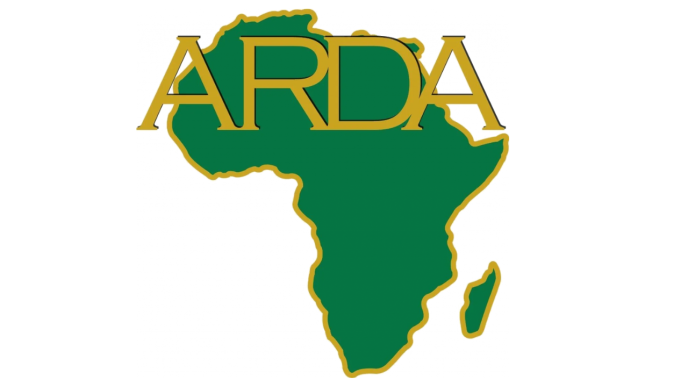
The African Refiners and Distributors Association (ARDA) has highlighted that despite having ample resources, the per capita consumption of Liquefied Petroleum Gas (LPG) in Africa remains the lowest. Speaking at an LPG Virtual Workshop, the Executive Secretary of ARDA, Anibor Kragha, noted that Sub-Saharan Africa, with 14.4% of the world's population, has less than 1% of global LPG consumption. Kragha stated that the cost of replacing charcoal with clean cooking would cost Africa $7.5 billion for downstream infrastructure and stoves. However, he noted that LPG consumption in Africa has doubled since 2010, with Nigeria being the largest consumer, and recording a 9.7% annual growth rate over the past decade.
David Appleton, the Vice President of LPG, Europe, Middle East and Africa at Argus, stated that LPG remains critical to energy security in Africa. He emphasised that safety, pricing, culture, and finance are critical to the growth of the sector in Africa, and infrastructure development remains a key issue. Appleton added that there needs to be a way to de-risk investment as much as possible, and the continent must think about long-term investment, with regulatory progress and consistency.
Moussa Dabo, a Senior Associate at African Finance Corporation, disclosed that the firm has invested $10.5 billion across 36 countries in Africa. He highlighted the need to improve governance and institutions for Africa to attract investment, and that lenders are more comfortable lending to organisations that establish the best-in-class business practices. Dabo urged players in the sector to recalibrate their capital structure before seeking financing, noting that equity injection in the business could help lower financing costs.
Wagl Energy Limited, being a part of the workshop, noted that the potential for LPG consumption in Africa could improve if the continent solved challenges in the areas of gas production, shipping and storage, and distribution to other end-users. The company emphasised that limited LPG storage facilities in the region were a significant bottleneck, as several ports and jetties in Sub-Saharan Africa have draft restrictions. The company noted that the greatest opportunity for growth in the LPG sector in the region lies in solving the storage bottleneck.
The Nigerian Midstream Downstream Petroleum Regulatory Authority (NMDPRA) also a part of the workshop explained that the country is targeting over 20,000 vehicle gas plants that would aid the government's transition from premium motor spirit to gas for transportation. The NMDPRA aims to achieve local consumption of five million metric tonnes of LPG, as well as more than 30 million gas cylinders. The regulator noted that Nigeria has the potential for over 1,000 Virtual Pipelines Solutions & City Gate Gas Reception Terminals and over 20 Domestic Cylinder Manufacturing and accessory companies. In a document titled "LPG as a Vehicle for Energy Security in Africa: Expediting Regulation, Infrastructure, and Financing," the NMDPRA noted that growing population, urbanisation and regulatory support could push yearly growth of LPG to 18% in Nigeria.
Given that there are targets to increase local consumption of LPG and establish more infrastructure, such as vehicle gas plants, virtual pipelines, and city gate gas reception terminals. It will help that regulatory measures are implemented, there should also be consistency, governance and institution improvement, and investment. Finally, one can say that Africa, in term of LPG consumption, is a tad bit behind; this does not mean that the continent is docile about it as measures and discussions are being implemented to ensure that it meets world standards.




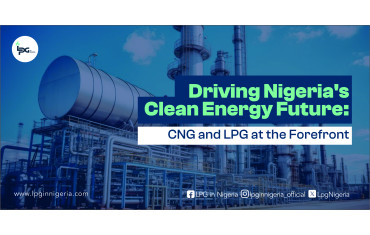
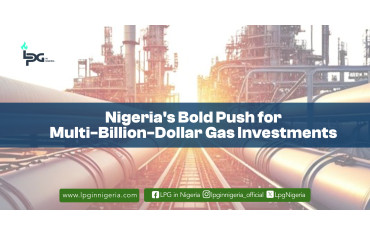
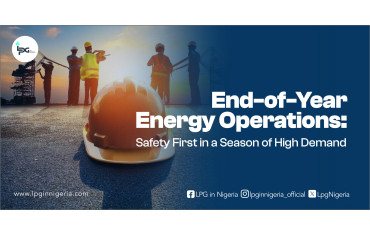
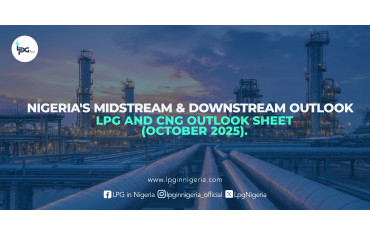
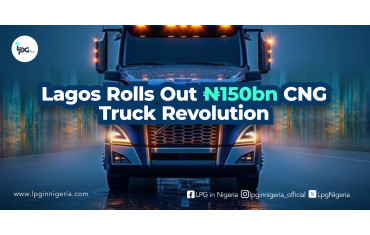
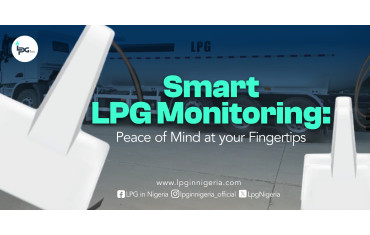
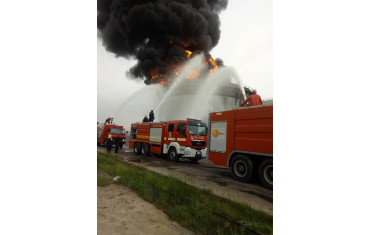
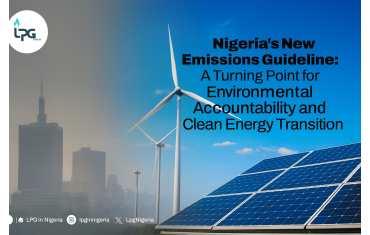
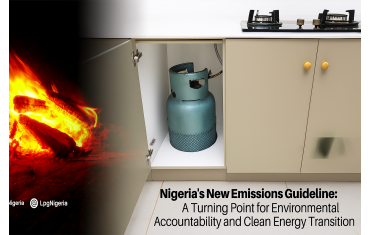
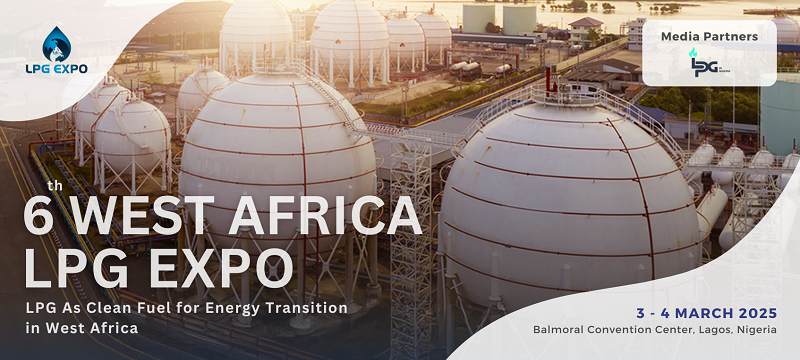

0 Comment.